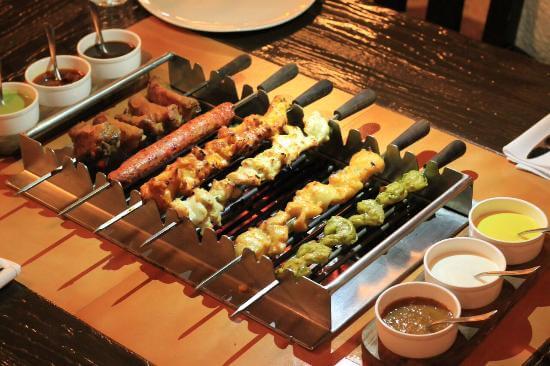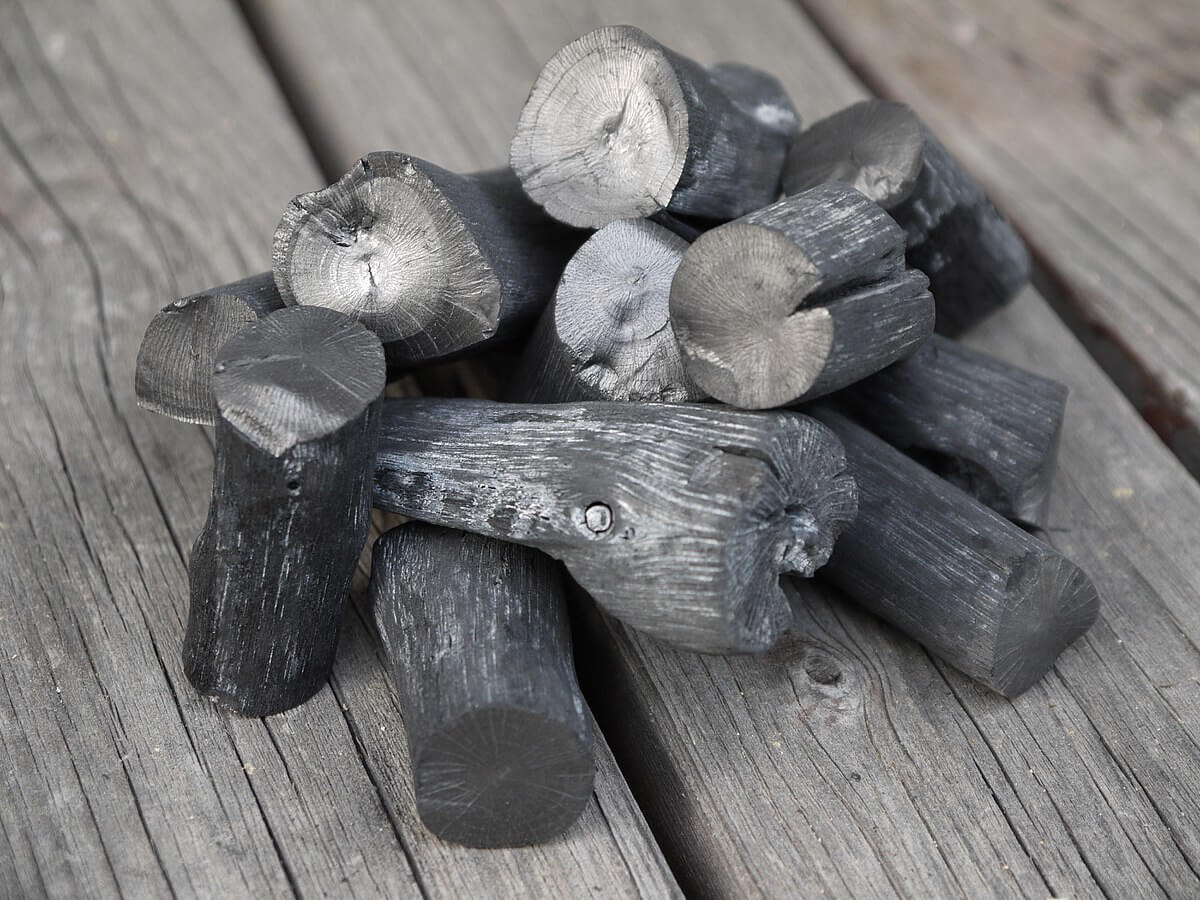The Japanese long ago mastered the art of indoor grilling. The secret to indoor grilling or barbecuing inside, it turns out, is a special type of white charcoal called Binchotan.
Binchotan is a highly-prized type of white charcoal favored by the Japanese because it is both chemical-free and nearly devoid of smoke when burned. It’s easy to light – no lighter fluid necessary – and it burns extremely hot, even if it can be a bit slow to thoroughly heat up. It’s traditionally used in all manner of grills, from patio-friendly personal varieties to the long, thin yakitori grills used to cook up meats and vegetables in restaurants and street-food hawker stalls across parts of Asia.

Binchotan is created by artisanal masters who burn wood at 1,000 degree temperatures in special kilns to destroy all smoke-producing impurities. Once the briquettes have been formed, ash and sand are used to extinguish the flames, giving Binchotan a metallic, gray or even white color. And the metallic nature isn’t limited to the wood’s looks either. Tap two Binchotan briquettes together and you’re likely to hear a metallic klang.

Here’s the kicker: Binchotan briquettes burn so efficiently that you can even use them to grill indoors. Simply place the charcoal inside of a cast iron skillet, and then top it off with a heat-proof cooling rack. Voila! Indoor grilling.
If you’re thinking of giving the indoor grilling trick a try (while you still can!), it is absolutely imperative that you only try it with Binchotan charcoal. American charcoal, in nearly all of its forms, produces deadly levels of carbon monoxide when burned. Not only do you not want to ever, under any circumstances, burn this indoors, charcoal grills should only be used outside in wide open areas. And if producing poison weren’t enough of a reason to not risk trying this at home, American black charcoal also makes a heck of a mess when it is burned. Save the ash and soot for outside, and save your life along with it.

Because Binchotan is so perfectly suited for nearly any type of grilling, whether indoor or out, it’s becoming increasingly difficult to get your tongs on the stuff. The master artisans of Japan and Vietnam that laboriously create the charcoal are an aging class of workers, and young people haven’t exactly flocked to charcoal-making apprenticeships over the past couple of decades. The institutional knowledge so carefully developed over hundreds of years in Japan could very easily die out if nobody steps up to learn from the masters.
Source: EatSipTrip